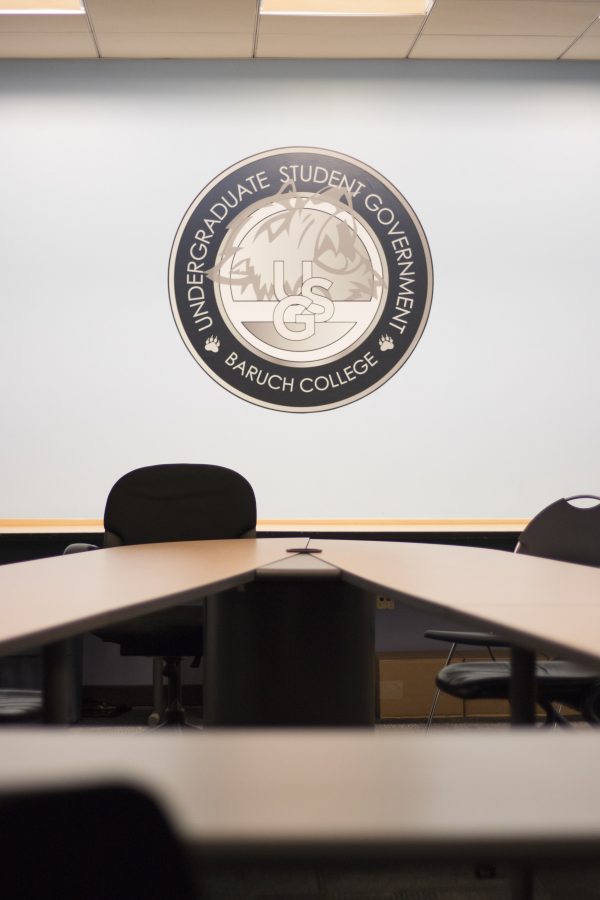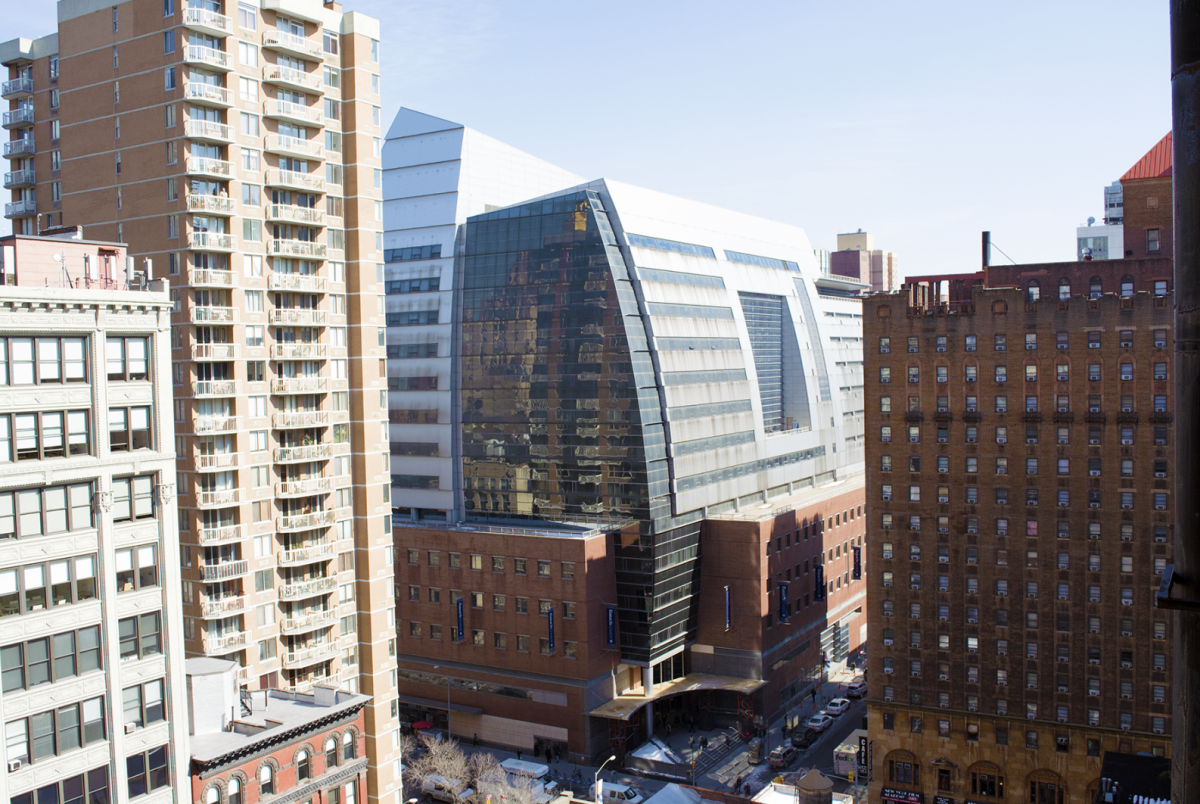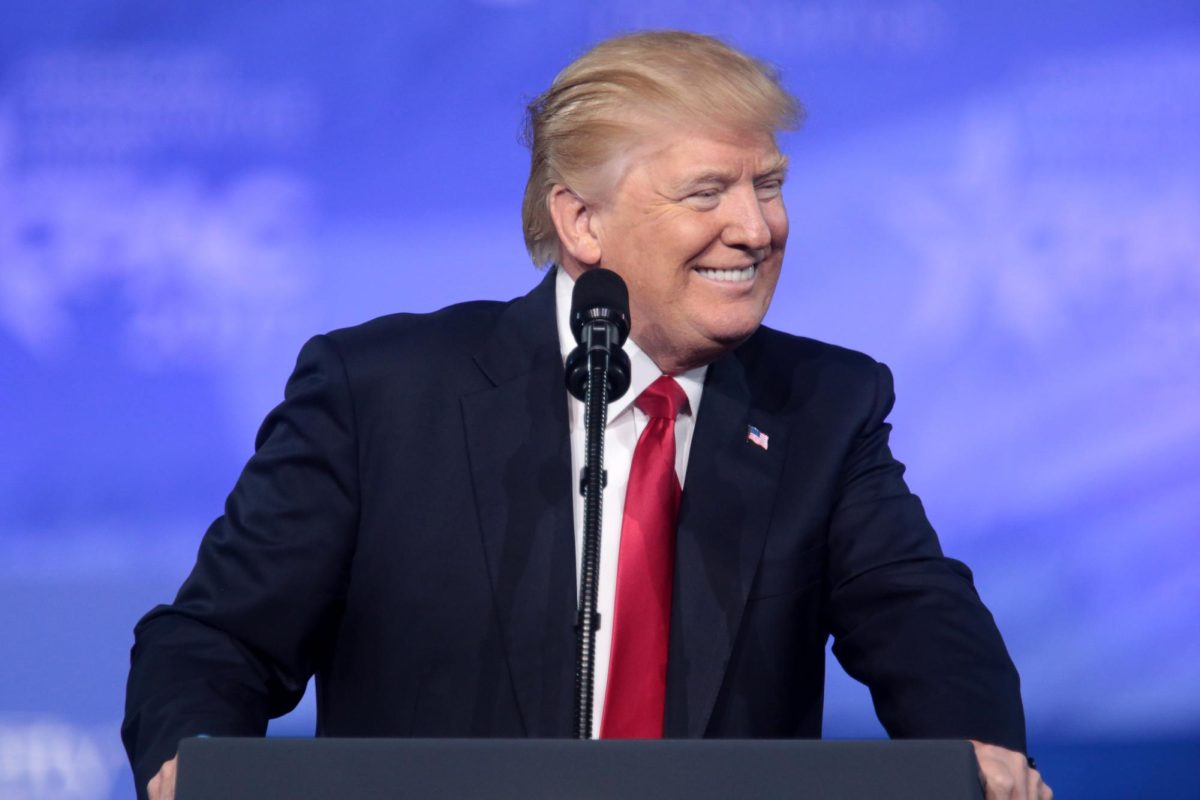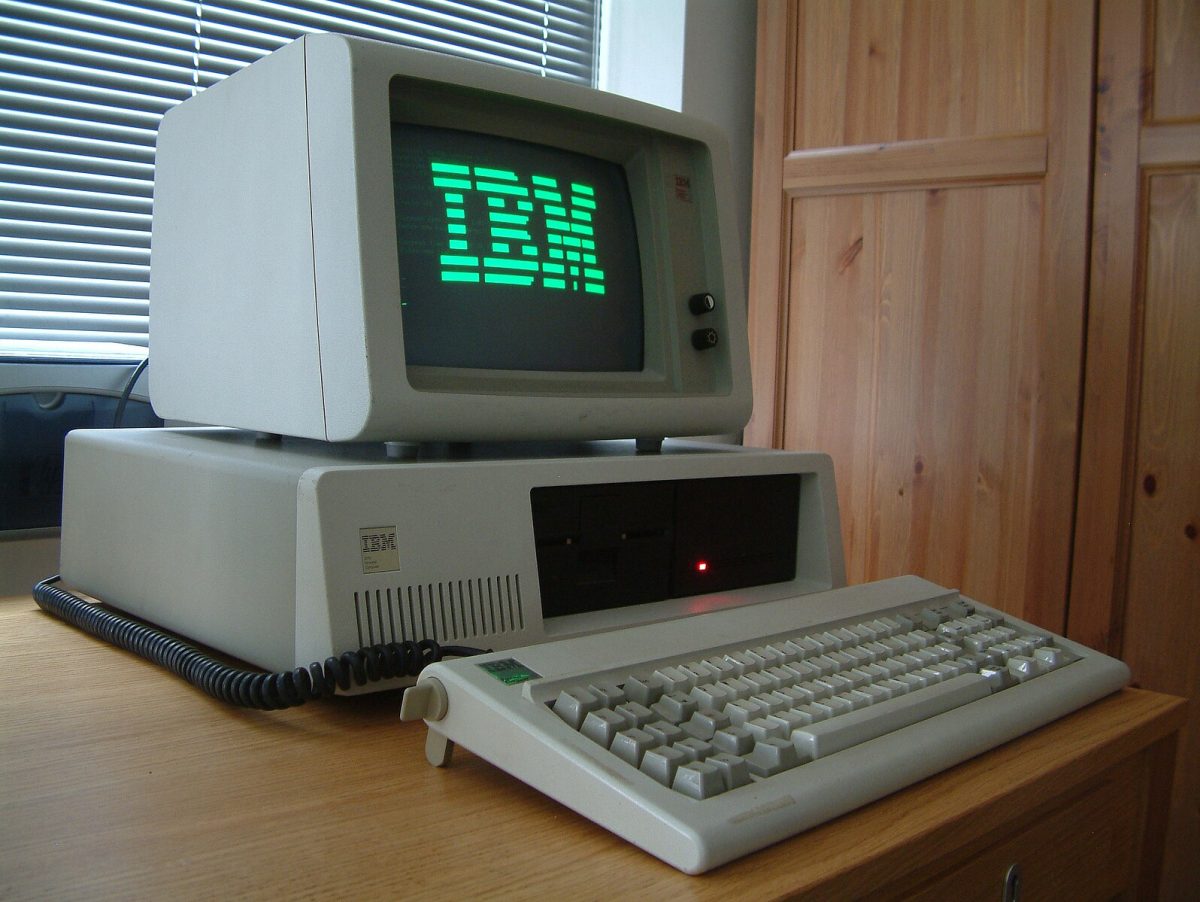Since the yield curve has inverted, economists are expecting a recession.
The term recession is used to describe a certain period of downfall of economic activities, which is considered a crisis for national and international economies and a threat to market growth.
The most common indicators of recession are high interest rates, lack of consumer confidence, unemployment rate and an inverted yield curve.
Economists consider the yield curve the most reliable indicator to predict a recession. Investopedia defines the yield curve as “A line that plots the interest rates, at a set point in time, of bonds having equal credit quality but differing maturity dates.”
“Each time the yield curve has inverted, it has immediately preceded a recession in America,” stated Alice Fullwood, Wall Street correspondent of The Economist.
The only time the yield curve inverted and there has not been a recession was this March, according to The Economist.
The trade war between China and the United States raised the possibility of a recession and the increased tension between the countries are holding investors and stockholders back.
“Fears that the trade war will trigger a recession are growing,” said Jan Hatzius, Goldman Sachs chief economist, in his note to clients.
While most economists claim that President Donald Trump’s policies will lead to a possible recession, Scott Sumner, the chair of Monetary Policy at the Mercatus Center at George Mason University, disagreed: “In truth, presidents simply don’t have much impact on the business cycle. Rather, it is the Federal Reserve’s monetary policy, the control of the money supply and interest rates that determine the short-run ups and downs in the economy,” in a Washington Post article.
According to Sumner, a recession is just a possilbity, which the Trump Administration is not a sole cause of.
The last major recession the United States experienced was the financial crisis of 2008.
“Two months ago, it seemed premature for investors to worry much about recession. Now concern is warranted,” Lisa Shallot, Morgan Stanley’s chief investment officer of wealth management, wrote in June.
The yield curve had inverted for five days this March, followed by the fall of the 30-year rate under 2% on Aug. 14, for the first time in history.
Seventy four percent of economists who responded to a National Association for Business Economics survey confirmed that they are expecting a recession by the end of 2021. Bruce Kasman, chief economist for JPMorgan Chase, told Bloomberg that there is a 40% to 45% chance of a recession in the next 12 months.
The headline of a recent CNN Business article was, “Insiders selling stocks like it is 2007.” The article mainly highlighted the rising insecurity in the U.S. market.
“Heavy insider selling is often considered an ominous signal about a given company because execs presumably have a better idea about where the stock is going than the average investor,” Matt Egan wrote in the mentioned article.
Despite all factors hinting toward it, a recession is still more of a possibility rather than a guarantee.








